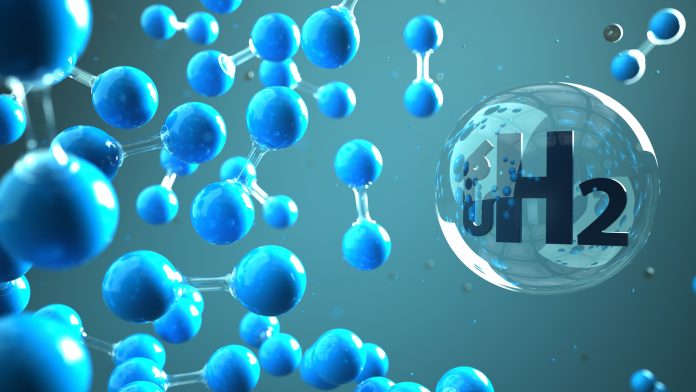Scientists from Incheon National University, Korea, have developed a novel hydrogen gas sensor that uses nanometre-thin 2D sheets of zinc oxide filled with nanometre-size holes.
Hydrogen gas has been praised as the next source of sustainable energy. However, like every other gas fuel, hydrogen is highly explosive. In the presence of hydrogen, in concentrations as low as 4%, a minor spark can set off an explosion. Therefore, sensors that are capable of detecting hydrogen gas at low concentrations are essential at hydrogen fuel plants and fuelling stations.
Current detectors for hydrogen leaks require high temperatures to operate (such as the metal-oxide semiconductor-based gas sensors) making them expensive, short-lived, and dangerous to use for detection of an explosive or flammable gas.
In a new study published in Sensors and Actuators: B. Chemical, a team of scientists from Incheon National University, Korea, has developed a novel room temperature hydrogen gas sensor design that uses nanometre-thin 2D sheets of zinc oxide filled with nanometre-size holes.
Dr. Manjeet Kumar, who led the study, said: “Ordinary zinc oxide nanosheets have low sensitivity due to self-restacking that blocks the active sites for gas detection. Holey 2D nanosheets get around this problem with the holes opening up blocked active surfaces.”
The team thermally treated zinc oxide nanosheets at three different temperatures (400°C, 600°C, and 800°C) to tune their hole density. The researchers fabricated hydrogen sensor devices from these samples and recorded their response to different levels of hydrogen and other gases at 100 ppm (parts per million) gas concentration at room temperature.
The team from Incheon National University found that the zinc oxide nanosheet treated at 400°C, with the maximum number of holes, showed the highest response towards 100 ppm of hydrogen, along with the fastest response time of ~9 s. This method also displayed high repeatability and stability of approximately 97-99% after 45 days.
These results strongly suggest that 2D holey zinc oxide nanosheets possess remarkable physical/chemical properties that can potentially revolutionise gas sensing performance in the future. Dr Kumar surmises: “Room temperature hydrogen gas sensors will play a key role in future technology, especially with the emergence of Internet of Things. Our holey 2D zinc oxide-based sensors will enable implementation of innovative hydrogen detection devices that can detect gas leakage at an early stage and can be integrated with smartphones and smartwatches.”





